Growing okra in pots
A step-by-step guide to growing okra in pots on your patio or deck
Here’s the thing about okra: It LOVES heat. Growing okra in pots is totally possible, but it does best in warm climates. That’s why it’s a staple of Southern cuisine (mmm gumbo! Fried okra, pickled okra … ) and less often grown up north.
Okra is a member of the mallow family, which also includes cotton and hibiscus. Technically a fruit, okra produces large blooms of showy flowers, along with the familiar edible pods.
So if you’re looking for a unique vegetable to grow in your container garden, and you’re in a warm climate, okra is a great option!
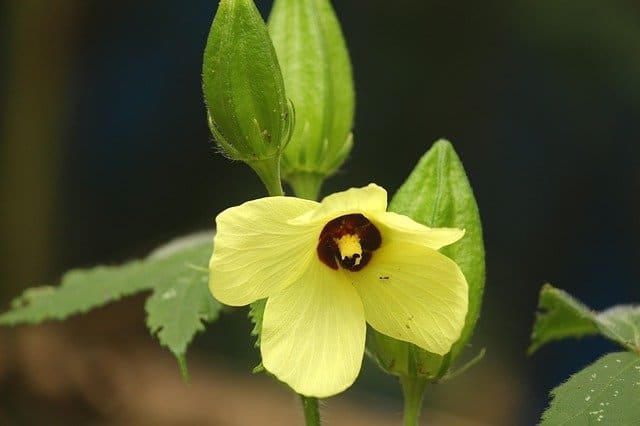
This post contains affiliate links. That means if you click through and buy something, we may receive a small commission at no cost to you.
Some things to keep in mind: okra likes heat, it needs consistent watering, and it can grow as high as 4 to 6 feet tall. (!)
That said, there are dwarf varieties that grow about half that size and still produce plenty of pods, some as soon as 50-55 days. These work very well in containers and pots … so go for it!
Read on for all the details you need about planting okra from seed, growing okra in pots and containers, when to harvest okra, and more!
How to plant okra in a pot
Because it puts down a taproot like a carrot and can be sensitive to transplanting, okra is best grown from seed. That said, it can be grown from seedlings if you prefer or if you’re in a cooler climate with short summers.
If you’re in a cooler climate, then it’s definitely better to start from seed to get a head start while waiting for temps to rise. In that case, sow seeds indoors about a month before your last expected frost date.
How to grow okra from seed
Okra needs warm soil to germinate and grow, so wait until air temperatures consistently reach at least 65 to 70 degrees F at night. Cool temperatures will inhibit growth and eventually pod production.
TIP: Some growing instructions say wait until SOIL temperatures consistently reach 65 degrees at a 4 inch depth. I listed air temperature here for two reasons. 1. Many small-scale gardeners might not have soil thermometers and 2. Container soil heats up (and cools down) faster than garden soil. So for a plant like okra that needs steady heat, air temperature is a more consistent way to measure it.
(If this is piquing your garden nerd interest, here’s an easy-to-follow scientific description of soil vs air temperatures.)
- Since you won’t be transplanting the seedlings, sow okra seeds in the container you plan to keep them in.
- I get mine from Botanical Interests. They have an amazing selection and the best seed packets! Like little works of art with lots of helpful info.
- Choose a container at least 12 inches deep and wide, such as a 5-gallon pot. Consider getting a dark plastic or ceramic pot, which will help hold in heat and keep the soil warm.
- Speaking of soil — you’ll need a good quality, loamy potting soil that allows for good drainage. A soilless potting mix could work well too for growing okra from seed.
How to plant okra seeds
- Soak the seeds in water overnight to prepare them for germination.Throw out any that float to the surface.
- Next, sow a few seeds in each pot, about ½ to 1 inch deep. Keep the soil consistently moist but not soggy, and most important (you can probably guess what I’m about to say ….) make sure the pot is in a warm spot.
- You should see seedlings in about a week. Once they get to be a few inches tall, thin to one per pot.
Or you can buy seedlings from a local farmers market, nursery or garden store.
This is faster and easier than starting okra from seed, of course, and you can often find strong, healthy seedlings that are a week or more ahead of freshly planted seeds.
TIP: Farmers markets are awesome places to find good quality seedlings. They’re often grown organically and are already acclimated to your local temperature. The growers can give you details about the variety, whether it’s been hardened off, and tips for transplanting and growing in your climate.… Find your farmers market here!
If you go with seedlings and they haven’t been hardened off (or you’re not sure they have been), gradually expose them to the outdoors before moving them to their permanent spot on your patio, deck or balcony.
Find a sunny spot for your okra to live
- Okra likes: lots of heat, ample sun, room to grow, steady water
- Okra doesn’t like: cold temperatures, shallow containers, shade
These are key factors when deciding where you’re growing okra in containers.
After your seeds have sprouted and you thinned and hardened them off, find a spot on your patio, deck or balcony that gets full sun at least 6-8 hours per day.
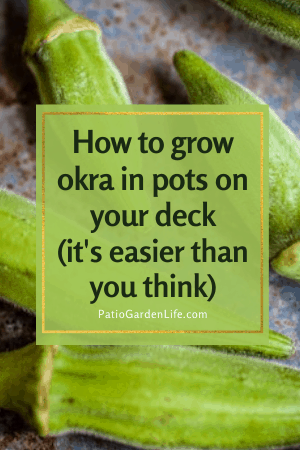
How to take care of a potted okra plant
How to water okra in a pot
Okra does best when consistently watered. Don’t let the soil dry out; water when the soil feels dry to the touch. During dry spells, be sure to give okra a thorough soak.
An inch of water per week is a good amount to aim for. More if you live in a very dry, hot climate.
Fertilizer instructions for potted okra
Although okra can do well in poor soil, it uses a lot of energy to produce pods, so fertilizer helps encourage production in a pot or container:
- First, mix in a handful of aged manure or compost in the potting soil when you sow seeds.
- Then, every 4-6 weeks, add another handful on top of the soil and water thoroughly. This is known as side-dressing and gives your okra a continuous boost throughout the season.
- Another option is a dose of water-soluble fertilizer given monthly.
When do I harvest okra?
Your okra plants will flower first, about 50-65 days after planting. Then, within a week the pods will start to form at the base of the blooms.
The pods have a sweet spot — they’re best when they reach 2 to 4 inches long. After that, they get tough and stringy.
So be sure to harvest your okra when the pods are a few inches long, or you’ll miss out!
To harvest the pods, cut the stem with a knife. If any pods get too long and tough, be sure to snip them off too, to encourage continued production.
TIP: Most okra varieties have tiny spines all over, which can irritate the skin. Wear gloves when handling pods, or prepare to itch …
How often should I harvest okra?
Once the plant starts to produce, snip new pods every day or two. They grow back quickly, and continual harvest is the best way to make the most of the growing season.
Here’s a quick tutorial on how and when to harvest okra:
How can I get okra to produce more?
If your okra isn’t producing as much as you expected (or hoped), it might be one of these reasons:
- Cool temperatures. Not much you can do about this one, assuming you already have it in the sunniest, warmest spot possible on your deck or patio. If not, move it into more full sun.
- Insufficient water. Okra spends a lot of energy growing flowers and pods, so it needs to stay hydrated. Remember, aim for at least an inch of water per week, more if you’re in a very hot and dry climate.
- Inadequate nutrition. Another possible issue is lack of fertilization. If you suspect this is the problem, side dress with some compost or manure. After that, add a water-soluble fertilizer monthly.
- Slow harvesting and old pods. Are you leaving old pods on the plant, after they’re past the ideal size? Keep up with growth and encourage more production by clipping pods as soon as they reach a few inches long.
How much okra should I grow?
Okra takes up space, growing as much as 3 to 6 feet tall and 2 feet wide. So if you’re working with a small space on your deck or garden, you might not have room for more than one or two okra plants.
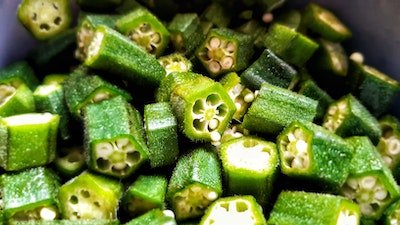 All things considered, one or two plants is probably enough. In good growing conditions (meaning plenty of heat, sun and consistent watering), each plant can produce about 20 to 30 pods per season. Colder temperatures or a shorter season will produce quite a bit less. Areas with year-round heat will be able to extend the growing season and harvest more.
All things considered, one or two plants is probably enough. In good growing conditions (meaning plenty of heat, sun and consistent watering), each plant can produce about 20 to 30 pods per season. Colder temperatures or a shorter season will produce quite a bit less. Areas with year-round heat will be able to extend the growing season and harvest more.
But if you’re planning to preserve some through pickling or freezing, in addition to using some fresh in the kitchen, you might want two plants to make sure you’re covered.
Okra is one of the easiest vegetables to grow in pots and containers.
If you’re looking for a unique option for your deck or patio garden, it’s certainly a great one to consider.
Making plans for a container garden on your patio or deck? Here are a few more ideas:
- How to grow basil in a pot
- How to grow oregano in a pot
- How to grow thyme in a pot
- How to grow rosemary in a pot
- How to grow dill in a pot

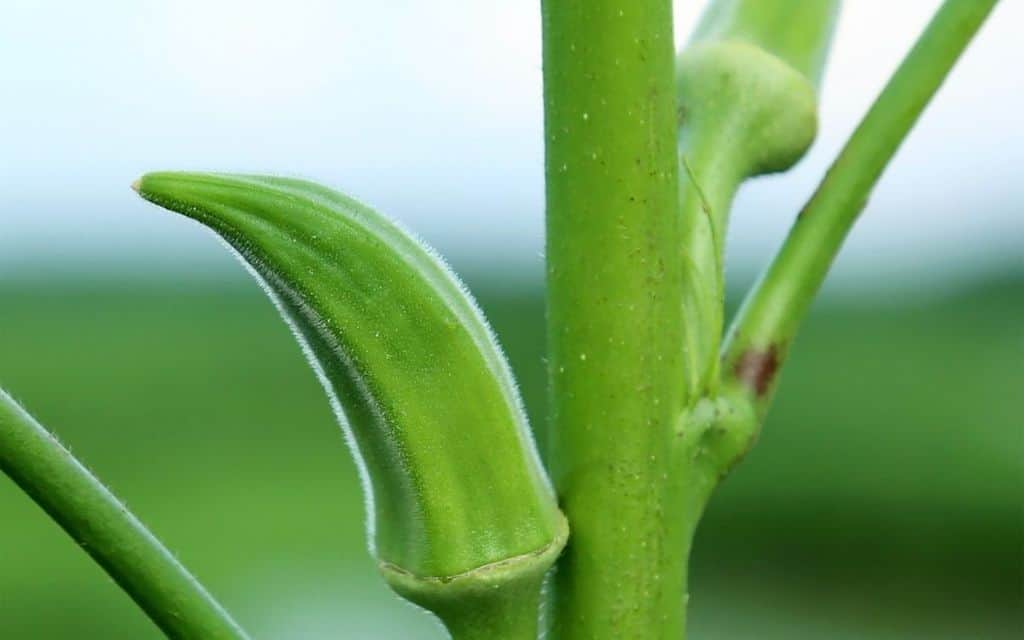

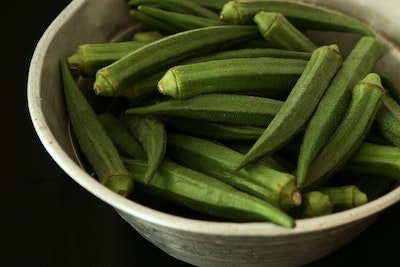
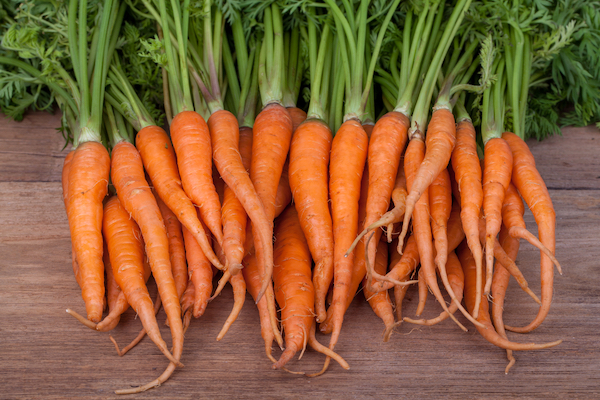
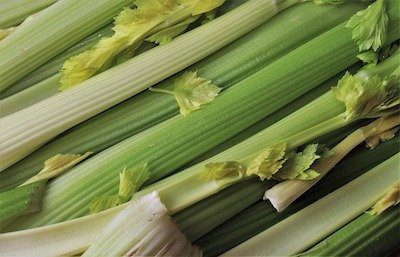
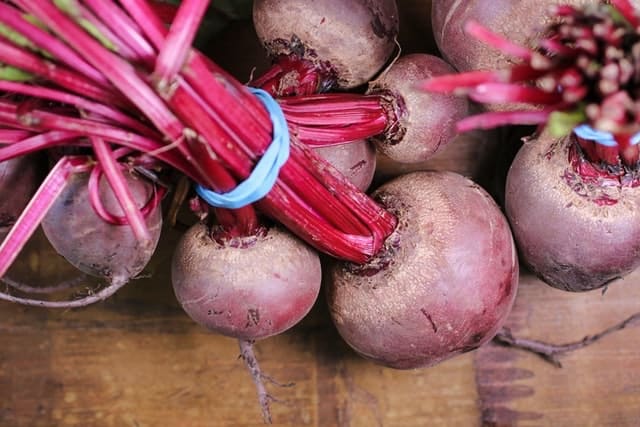
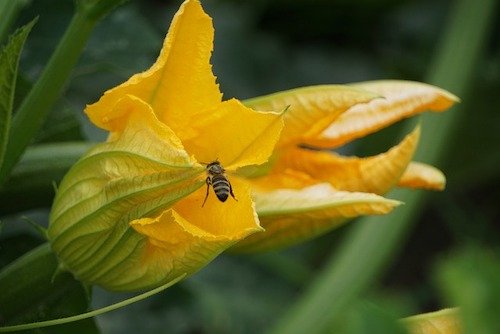
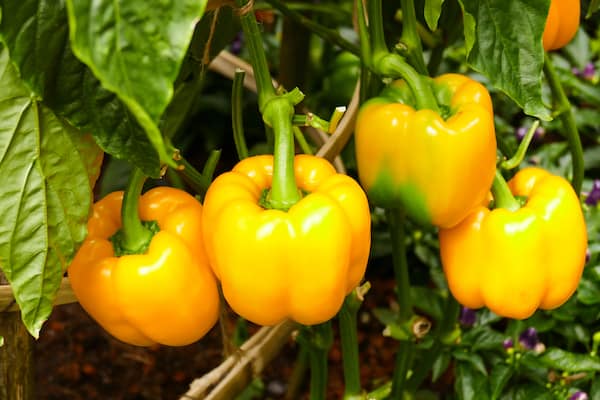
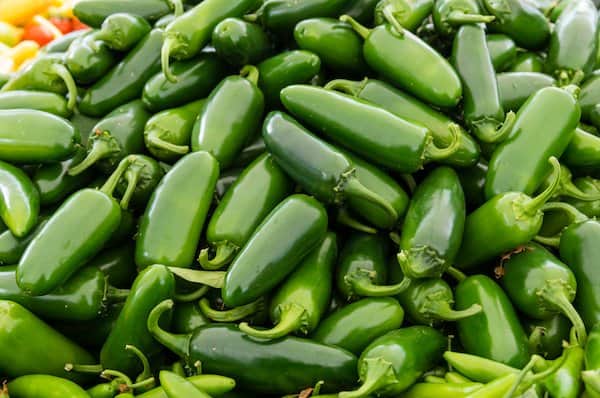
my okra plant is starting to grow but a couple of them is leaning over what am i doing wrong and what can i do to keep them standing up.
Hi Pamela! Okra plants have a strong center stem that doesn’t usually require stakes or cages. Is your okra in full sun all day? If not, it might be trying to find sunlight. Okra needs a LOT of sun and heat to thrive, and if it’s in a shady spot there isn’t a whole lot you can do for it, unfortunately. If it DOES get lots of sun and just seems to be getting tall, you can trim the main stem down until it stands upright again. As long as it has at least 4-6 big leaves left, it can still send shoots out between the stems and produce plenty of okra! Good luck!
My okra hasn’t bloomed any flowers yet. It’s been a little over 60 days. I planted from seed. The stems and leaves are strong and healthy. Why no fruit yet?
Hi Edith! A few thoughts come to mind. Is it getting at least 6-8 hours of sun per day? Not enough sun can cause all kinds of problems with okra. If that’s the case and it’s in a movable pot, I would move it to a sunnier spot asap. However, if it is already getting enough sun, the problem might be nutrient imbalance. Have you used any fertilizer so far? Flowering plants like okra need nitrogen in the early stages and then more phosphorus when they get close to blooming. (Too much nitrogen can actually prevent flowering.) If you think that might be the issue, stop using nitrogen-heavy fertilizer and side-dress with some bone meal or another phosphorus-heavy mix, then give it a good watering. You can do that every couple of weeks. I have a post about fertilizer that explains the nutrients in more detail. I hope this helps! Keep me posted!